Greenery is an essential and cherished aspect of our daily lives, offering a vital source of oxygen and a beloved hobby for many. But why stop at the garden or balcony? Bringing nature into our homes, and specifically our kitchens, has become an increasingly popular trend. But is it a good idea? And if so, which plants are suitable for this unique environment?
1 The Benefits of Kitchen Greenery
The answer to the first question depends on your personal preferences and the type of plant you choose. However, there are numerous advantages to incorporating greenery in the kitchen, making it a common practice for many homeowners.
 Natural Air Freshener
Natural Air Freshener
Natural Air Freshener
Kitchens are notorious for trapping odors and smoke. Strong scents from ingredients like fish, meat, and garlic can be off-putting, and the aroma of spices, smoke, and strong-flavored dishes can be overwhelming during cooking. Certain plants are excellent at absorbing these odors and purifying the air, and they do so very quickly. Additionally, through photosynthesis, plants release oxygen, acting as natural air purifiers to keep your kitchen smelling fresh.
Pest Control
A damp, dimly lit kitchen with an abundance of food is a haven for insects, mosquitoes, and pests. Plants can be a natural and effective pest control solution. Some kitchen plants emit unique fragrances and have antibacterial properties that help repel these unwanted guests. This approach is not only safer and healthier than using strong insecticides, but it’s also easier on your wallet.
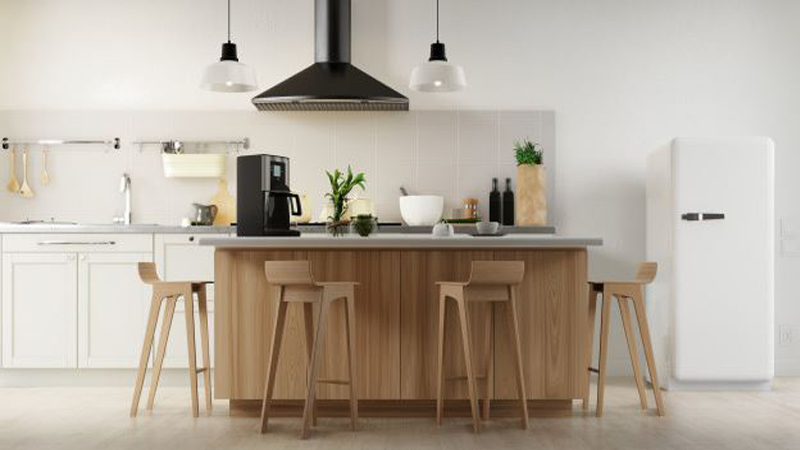 Natural Pest Control
Natural Pest Control
Health Benefits
The kitchen is a hotspot for various odors, emissions, and waste, which can lead to respiratory, skin, and eye problems for your family. Introducing greenery can make a significant difference in maintaining a healthy living environment, especially for the primary caregiver who spends a lot of time in the kitchen.
Aesthetic Appeal and Cooking Inspiration
A monotonous kitchen environment can dampen anyone’s enthusiasm for cooking. One of the easiest ways to transform your kitchen into an inviting and engaging space is by adding plants. Each plant has its own beauty and appeal, catering to different tastes. You might even discover hidden culinary talents as you explore new flavors and ingredients inspired by your kitchen garden.
 Feng Shui and Good Fortune
Feng Shui and Good Fortune
Feng Shui and Good Fortune
For followers of feng shui, the kitchen is a very important space. The stove represents warmth and unity, and by adding plants, you can enhance the positive energy flow. Additionally, certain plants are believed to bring good fortune and luck to your family. Be sure to choose plants that align with your destiny and bring positive vibes into your home.
2 Choosing the Right Plants for Your Kitchen
Air-Purifying Plants
A stuffy and smelly kitchen is a common concern. To address this issue, choose plants that are known for their air-purifying properties, such as ferns, snake plants, aglaonema, evergreen, and peace lilies. These plants will absorb carbon dioxide, gas, and toxic substances, leaving your kitchen feeling fresh and airy.
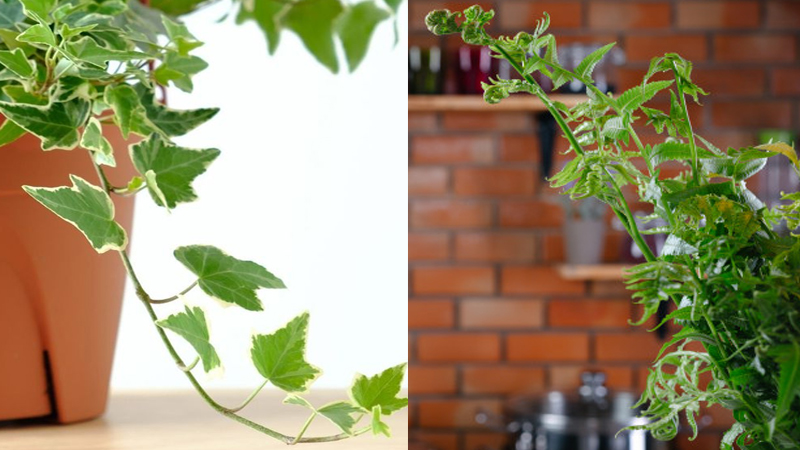 Air-Purifying Plants for a Fresh Kitchen
Air-Purifying Plants for a Fresh Kitchen
Herbal Plants
Herbal plants used in traditional Eastern medicine are a popular and practical choice for kitchen gardens. Not only do they provide delicious and healthy seasonings for your meals, but they also have medicinal properties. For example, common herbs can help with colds, indigestion, and diuretic issues. Plus, certain herbs like basil and mint are believed to attract wealth and foster a harmonious family environment.
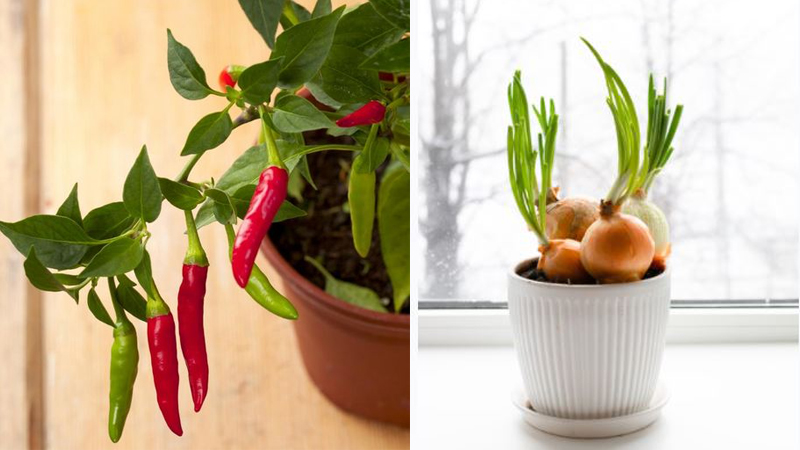 Edible Herbal Plants
Edible Herbal Plants
Edible Plants
Growing your own produce is not only satisfying but also ensures a healthy and fresh diet. Easy-to-grow edible plants like chili, turmeric, lemongrass, basil, coriander, and mint can be cultivated right in your kitchen. It’s a fun and rewarding hobby that saves you money on groceries.
Low-Maintenance Plants
Unlike ornamental plants that require frequent care, kitchen plants are often lower maintenance. Hardy plants like aloe vera, aglaonema, gloxinia, and peace lilies thrive with minimal care, saving you time and effort.
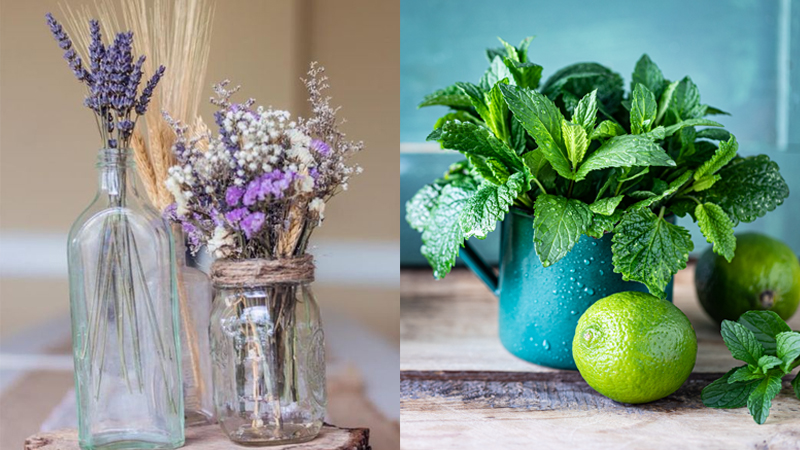 Low-Maintenance Plants for a Carefree Garden
Low-Maintenance Plants for a Carefree Garden
Fragrant and Colorful Plants
To create an inviting and appealing kitchen space, consider plants that offer both fragrance and visual interest. Great options include lavender, jasmine, rosemary, cedar, and mint. These plants will not only make your kitchen smell wonderful but also add a touch of color and beauty.
3 Plants to Avoid in the Kitchen
Poisonous Plants
While some plants are excellent air purifiers and hold high feng shui value, they may be poisonous and should be avoided in the kitchen. Examples include members of the Dracaena genus, rhododendrons, azaleas, Japanese yew, and flaming katies. Always research the toxicity of a plant before bringing it into your home, especially if you have children or pets.
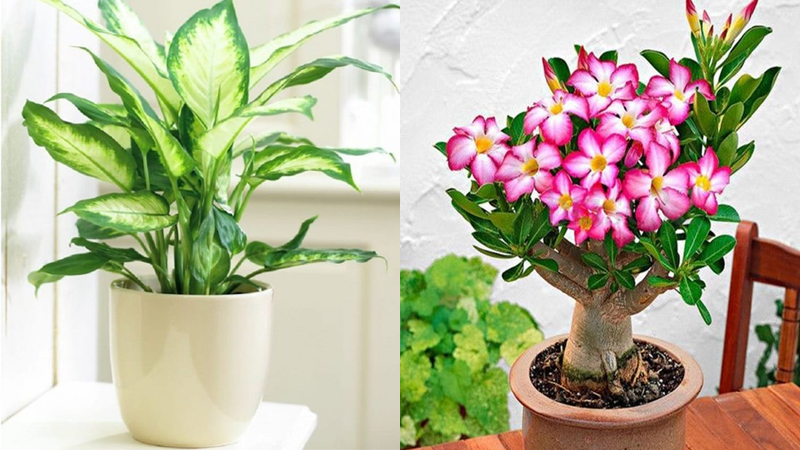 Avoid Vining Plants that Shed Leaves
Avoid Vining Plants that Shed Leaves
Vining Plants that Shed Leaves and Plants with Sharp Thorns
You don’t want your kitchen floor covered in fallen leaves, so avoid vining plants that tend to shed, such as Japanese bamboo, wintercreeper, and crepe myrtle. Additionally, steer clear of plants with sharp thorns to prevent injuries to yourself and your family members.
 Create a Mini Garden Oasis
Create a Mini Garden Oasis
Create a Green Oasis
Transform your kitchen into a vibrant and eco-friendly space by creating a mini garden. Skillfully combine different plants and arrange them according to your personal style. Grow plants in glass containers for a modern look, or use wooden pots for a warm and elegant touch. Colorful plastic pots can also add a playful and stimulating vibe. Remember to place them near windows to promote healthy plant growth.
The 5 Trees of Terror: Blocking Fortune and Draining Luck, Be Gone!
The ancient practice of Feng Shui has long guided people to create harmonious living and working spaces. However, some plants, known as ‘bad luck’ plants, are believed to have the opposite effect. According to Feng Shui masters, certain plants, when placed in front of a house, can block wealth and prosperity from entering. It is thought that these plants create a barrier that prevents the God of Wealth from visiting, leading to financial ruin.



































